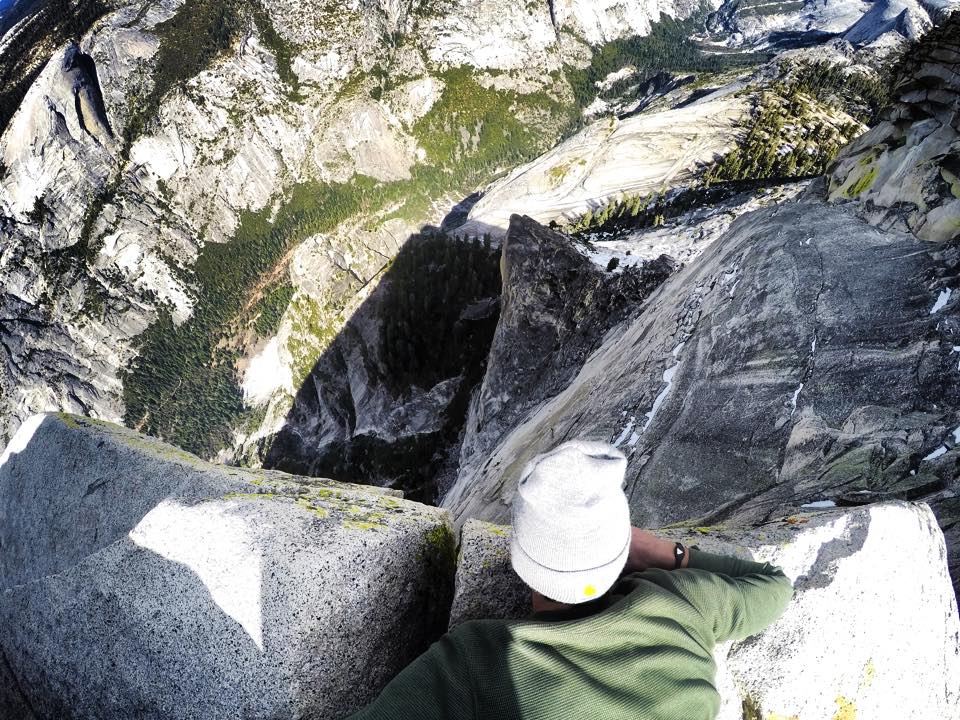Their team riders showing everyone how wakesurfing is done... https://youtu.be/_Oe3vFl_fzY
Tax deductions and camp...
The tax filing deadline is only a few weeks away so I wanted to share a little bit of info that may help you get some money back! There are two consistent ways to get some money back for summer camp expenses; IRS deductions and employer reimbursements. IRS Deduction
The IRS offers a deduction on child care of up to $3,000 per dependent or up to $6,000 for two or more dependents. You should be able to claim this deduction for summer camp as long as sending your child(ren) to camp allowed you to work or look for work during that time. All you need to do to claim the deduction is fill out IRS form 2441 and provide the camp name, address, and Federal Tax ID #. Make sure you hold on to proof of payment to back up the deduction. Links to this deduction below:
http://www.irs.gov/pub/irs-pdf/f2441.pdf
http://www.irs.gov/taxtopics/tc602.html
http://www.irs.gov/uac/Ten-Things-to-Know-About-the-Child-and-Dependent-Care-Credit
Employer Reimbursement
Many employers - especially large corporations - offer their employees reimbursement for summer camp expenses for their kids. It helps productivity over the summer because workers are not worrying about their unsupervised kids at home. Companies will have different rules regarding reimbursements but hanging on to proof of camp purchase, Federal Tax ID#, etc would be a great start.
If you need our Federal Tax ID# or proof of payment for previous years' Water Monkey enrollment please feel free to call or e-mail!
(I am not an accountant or tax professional so make sure to talk to your accountant before making any extra deductions!)
What is Ryan up to?
One of our instructors, Ryan, has a pretty great life. When he is not hanging out on our boats teaching kids how to improve their wakeboarding/waterskiing/wake surfing he is a student at Arizona State University and a member of their Wake Devils wakeboard team. Add to that his intensive engineering degree and you would think that he would be out of time for other pursuits...but you would be wrong. Last week Ryan ventured up to Yosemite National Park to enjoy one of his other passions, rock climbing.

The above photo of Ryan is pretty staggering. He is looking down a few thousand feet - and also rocking a Water Monkey cap (it's backwards, but trust me).
While at the park he and his climbing buddies attacked some massive rock faces. He is one of the little dots in the below picture.
And apparently in this sport of extreme climbing if you run out of energy and daylight you just take a rest at the nearest hotel...
Ryan actually spent the night on this little ledge, barely as wide as him. Pretty crazy.
And what would a post about Ryan be without some backflips?
The kid just can't stay on the ground! I would not be surprised if this picture, taken by his climbing friend and photographer, ended up in a Yosemite brochure one day.
That is it for this update on Ryan. If you ever want to be a little bit jealous of someone having a lot of fun you should follow him on Instagram @ryanhinrichs.
Why I am all excited about a van
As I mentioned in my previous post, the 2015 Ford Transit 350 is a major step forward in van looks, technology, fuel efficiency, and overall concept. For the past few decades all large vans have been gas-guzzling bricks on wheels with the steering characteristics of a blimp and it is exciting to see a product totally interrupt the market. Old vs. new
I have yet to drive one of the 2015 vans but the reviews so far are great. I have driven various older Ford, Dodge, and GM vans and literally anything they have done would be an improvement on the old status quo.
Starting on the inside, the new Ford Transit has redesigned the seating layout to allow for better passenger flow while still fitting the same number of people in a more compact body. Instead of passengers cramming in to the traditional bench seats, bucket seats cleverly aligned to create an aisle to the back give each passenger their own space.
Because these vans are used so frequently they clock some serious miles. A newer 'old-style' van would average 13 miles per gallon in good driving conditions. Older ones would significantly drop off with models ten years or older typically getting under ten mpg. The stated average mpg of the new Transit 350 is 16. That does not sound all that high but it is an almost 25% increase on previous models. Ford accomplishes this by installing a V6 engine instead of the typical V8 or V10 you would find in the older E-Series vans. Their ability to squeeze more power out of the smaller engine is one of the reasons why Ford continues to dominate van and truck sales in the U.S. Of course, that number may be inflated a bit but it is still a massive improvement. At my small camp alone that would translate into a savings of about 100 gallons of gas per summer; multiply that by the thousands of summer camps and schools that utilize these vans and there are hundreds of thousands to millions of saved gallons of gas.
The sleek design of the cockpit, which includes all of the modern technology you would find in your car, will keep drivers more attuned to the road and their passengers' safety. That attention to design is the first noticeable feature on the outside of the van as well. They have finally made these vans aerodynamic and somewhat better to look at than the old ones.
Ford has maintained the core concept behind these vehicles - the transport of large groups of people - while also balancing the needs of the 21st century businesses, schools, and families that will buy them. Hopefully their massive steps forward will cause other manufacturers to follow suit and keep improving these essential modes of transportation.
Wakeskating on icebergs in Cape Cod
Well this is just an awesome video! https://youtu.be/Ba0asp1Igcg
(Found by Matt. Thanks Matt)






